Streamline Moderne Firestone Building May Be Razed for Housing in Crown Heights
While similar buildings in Miami Beach and Los Angeles have recently been turned into eateries, the former Firestone Auto Supply and Service Store in Crown Heights may soon be demolished to make way for a new mixed-use building.

The building with a backdrop of the Ebbets Field Apartments complex. Photo by Susan De Vries
It once sat in the shadow of Ebbets Field, its streamlined curves and prominent signage drawing in drivers in need of a vehicular tune-up. While similar buildings in Miami Beach and Los Angeles have recently been turned into eateries, the former Firestone Auto Supply and Service Store in Crown Heights may soon be demolished to make way for a new mixed-use building.
On a block once dominated by service stations and garages meant to accommodate the traffic at the bustling ballpark, the 1930s service station at 1750 Bedford Avenue is set to be replaced by a seven-story building. A demolition permit was filed for the one-story structure in September although no permit has been issued yet.
Filings show a proposed mixed-use building with first floor retail, 57 apartments (including some income-restricted units) and underground parking for 209 vehicles. Jeff Akerman of Rise Architecture is the architect of record. Other projects for the Brooklyn-based firm include an eight-story affordable housing development at 605 Hart Street in Bushwick and a mixed-use tower at 15 Ocean Avenue in Prospect Lefferts Gardens. Renderings for the proposed Bedford Avenue building have not yet been released, but a zoning diagram shows a stepped-back rectangular building with big, pedestrian-friendly windows at the sidewalk.
The property was purchased in 1989 by the Empire Bedford Development Company, who leased it to Firestone for years. Even after the demolition of Ebbets Field in 1960 the service station continued to be operated under the Firestone brand through at least 2019. Empire Bedford Development transferred the property to a related LLC, 1730 Bedford Realty LLC, this October. Filings show the owner and developer is Jack Gold of Seventh Street Development Group.
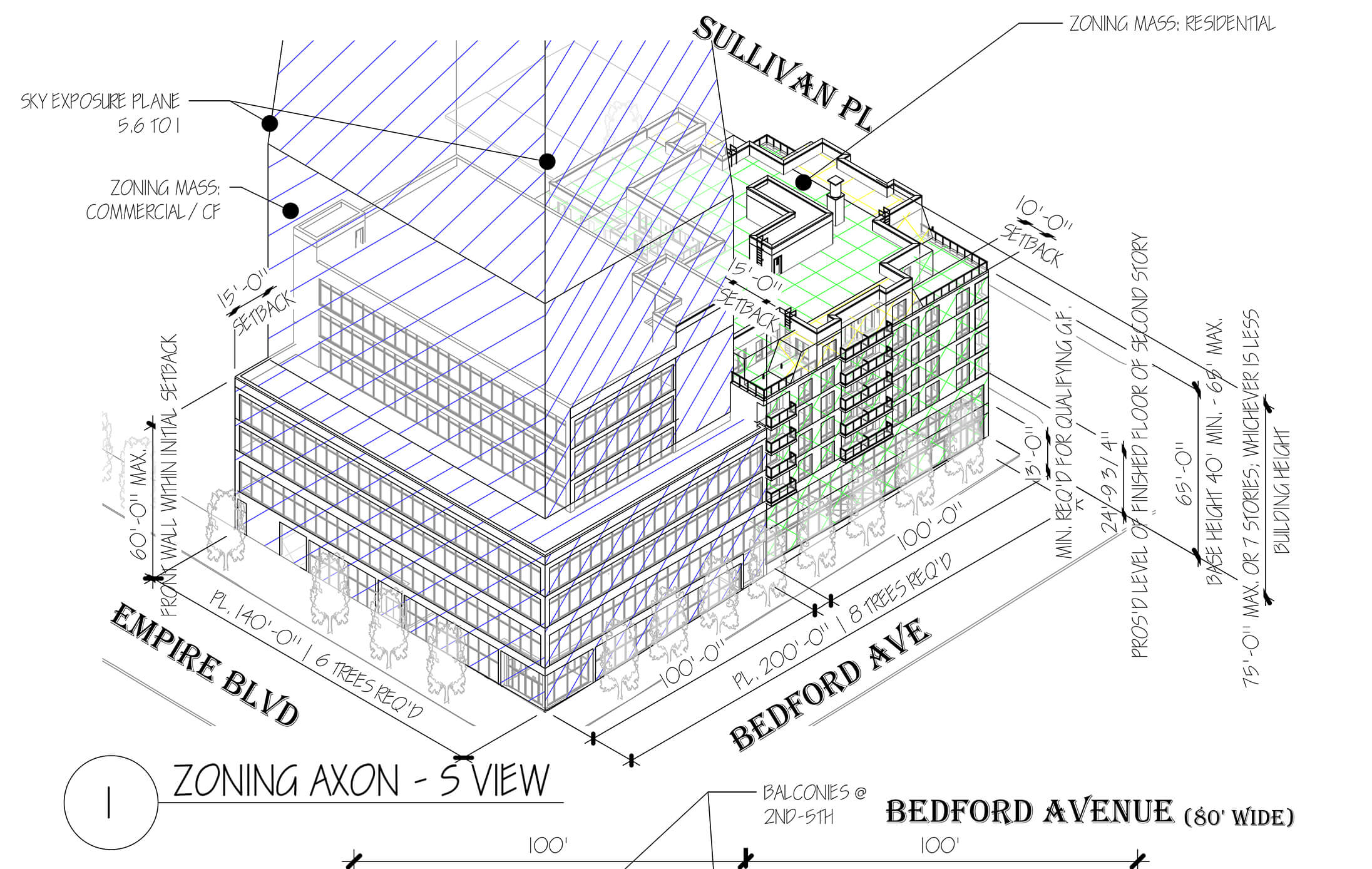
While the moderne building dates to 1936, the block it sits on, bound by Bedford Avenue and Reginald Nero’s Way (once Cedar Place) and Sullivan Place and Empire Boulevard, was filled with one-story garages and service stations by the 1920s. With Ebbets Field opening just one block away in 1913, the area was quickly congested with traffic, both vehicular and pedestrian.
A Royal Vehicle Corporation showroom occupied the corner in 1921 but by at least 1929 the corner had become the location of a Firestone store. The company was founded by Harvey Firestone in 1900 with a focus on tires but by the mid 1920s was opening up the first of its one-stop service stations. Early ads show Brooklynites could pull into the Bedford Avenue store for battery and spark plug tests and a fill-up of anti-freeze.
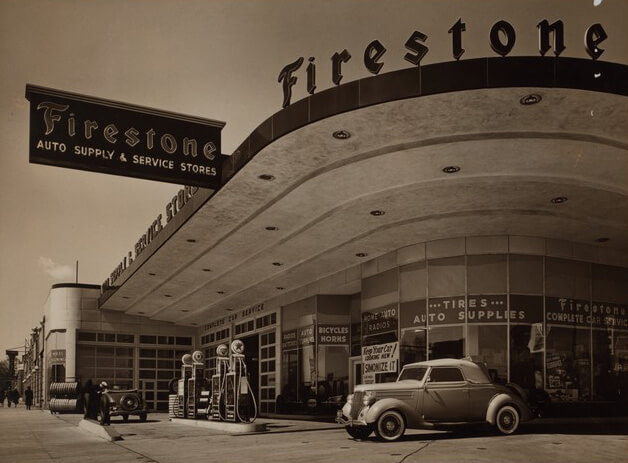
That original one-story brick service center went up in a five-alarm blaze in April of 1936, with the Brooklyn Daily Eagle reporting that the flames threatened to collapse the rear wall of the building, endangering the neighboring garages on Sullivan Place. The wall held and the garages were saved but the fire caused $100,000 in damage.
The ruined building was replaced fairly quickly. Architect Sidney L. Strauss filed an application in October of 1936 with the Board of Standards and Appeals on behalf of Firestone to continue the previously granted service station use and expand it to include an auto repair shop. Strauss set up his own practice in 1928 and specialized in industrial and commercial structures with the occasional design of apartment buildings. One of his regular clients was the Firestone Tire and Rubber Company, for which he designed what he described as service buildings.
The building can be spotted in some historic views of Ebbets Field but the only historic images discovered that capture it in its original full detail are the circa 1939 tax photo and an image in the collection of the New York Public Library. A penciled date of 1928 on the reverse of that image might lead to some confusion but it appears to be inaccurately labelled. It bears the stamp of
of photographer F. S. Lincoln, who had not yet opened up his Manhattan studio by 1928.
The early 20th century was a time of imaginative design for auto-oriented structures. The 1930s images show the low profile building with its cantilevered, curved roofline wrapping around the corner and the numerous Firestone signs that perched atop and projected from the roof. Each provides a slightly different view of the sections that anchor either end of the building and appear to have been clad originally with porcelain enamel panels. Projecting above the roofline of the main structure and outward towards the sidewalk, their rounded shape echoes the moderne curve of the roofline. The section at the corner of Bedford Avenue and Sullivan Place originally contained the office for the service center.
The facade of the former office was transformed with murals by the Crown Heights Youth Collective beginning in 1989 and those too will be lost with the proposed demolition. The initial mural, ‘Elegy to a Police Officer‘ was updated in 2002 to include officers who died at the World Trade Center. The portraits of the officers wrap around the top of the building up to Sullivan Place where another update extended the band of portraits to depict notable Black figures including Nelson Mandela, Weeksville’s Joan Maynard and Congresswoman Shirley Chisholm.
The original Streamline Moderne design for Firestone was not unique to this corner of Crown Heights. Similar examples can be found in Miami Beach and L.A. Both were transformed into eateries that opened this year.
The 1937 Firestone building on La Brea Avenue in L.A. perhaps most closely resembles the Crown Heights building. It was designated a local cultural landmark in 2012 and the design credited to engineer R. E. Ward. The renovation was unveiled to a fair amount of press earlier this year with the former service center restored and renovated into the All Seasons Brewery. The exterior restoration included preservation of its original pale yellow porcelain enamel panels and signage while new exterior details included the incorporation of a wall of murals near the indoor/outdoor seating area.
[Photos by Susan De Vries unless noted otherwise]
Related Stories
- Mid-Century Bank, Four Other Downtown Brooklyn Buildings to Make Way for 45-Story Tower
- Past and Present: Empire Boulevard’s Firestone Service Station
- Past and Present: Ebbets Field
Email tips@brownstoner.com with further comments, questions or tips. Follow Brownstoner on Twitter and Instagram, and like us on Facebook.

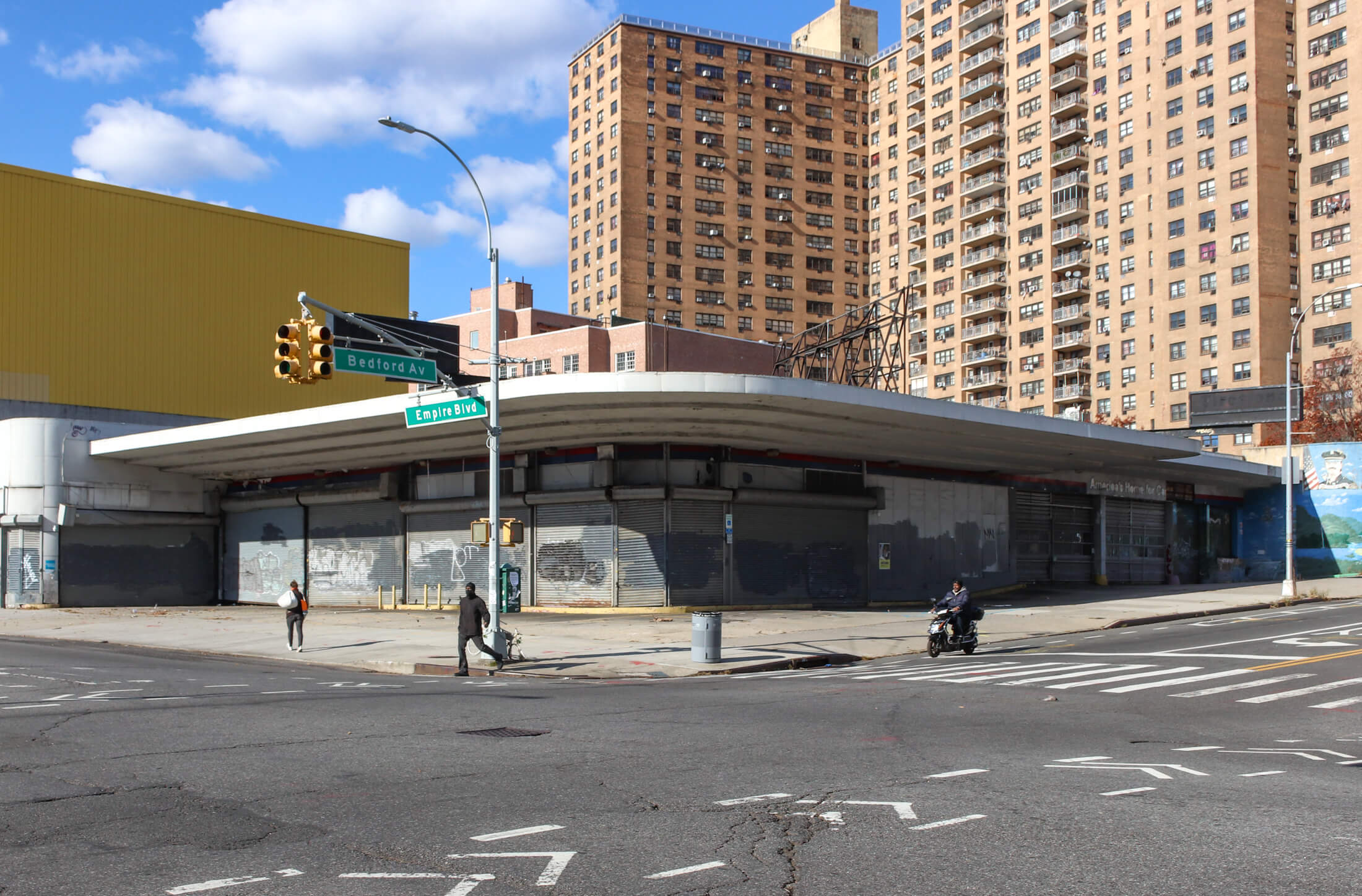
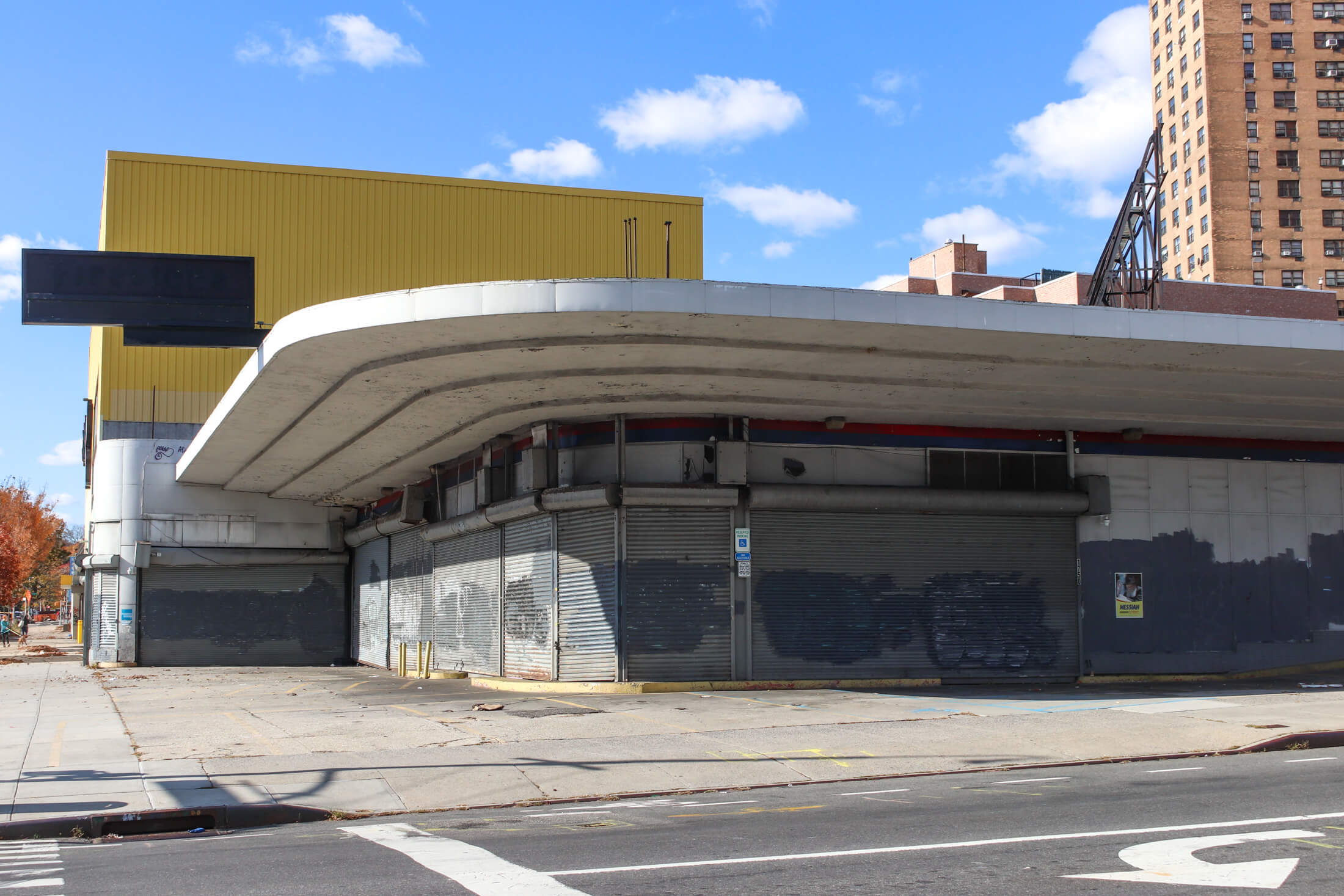
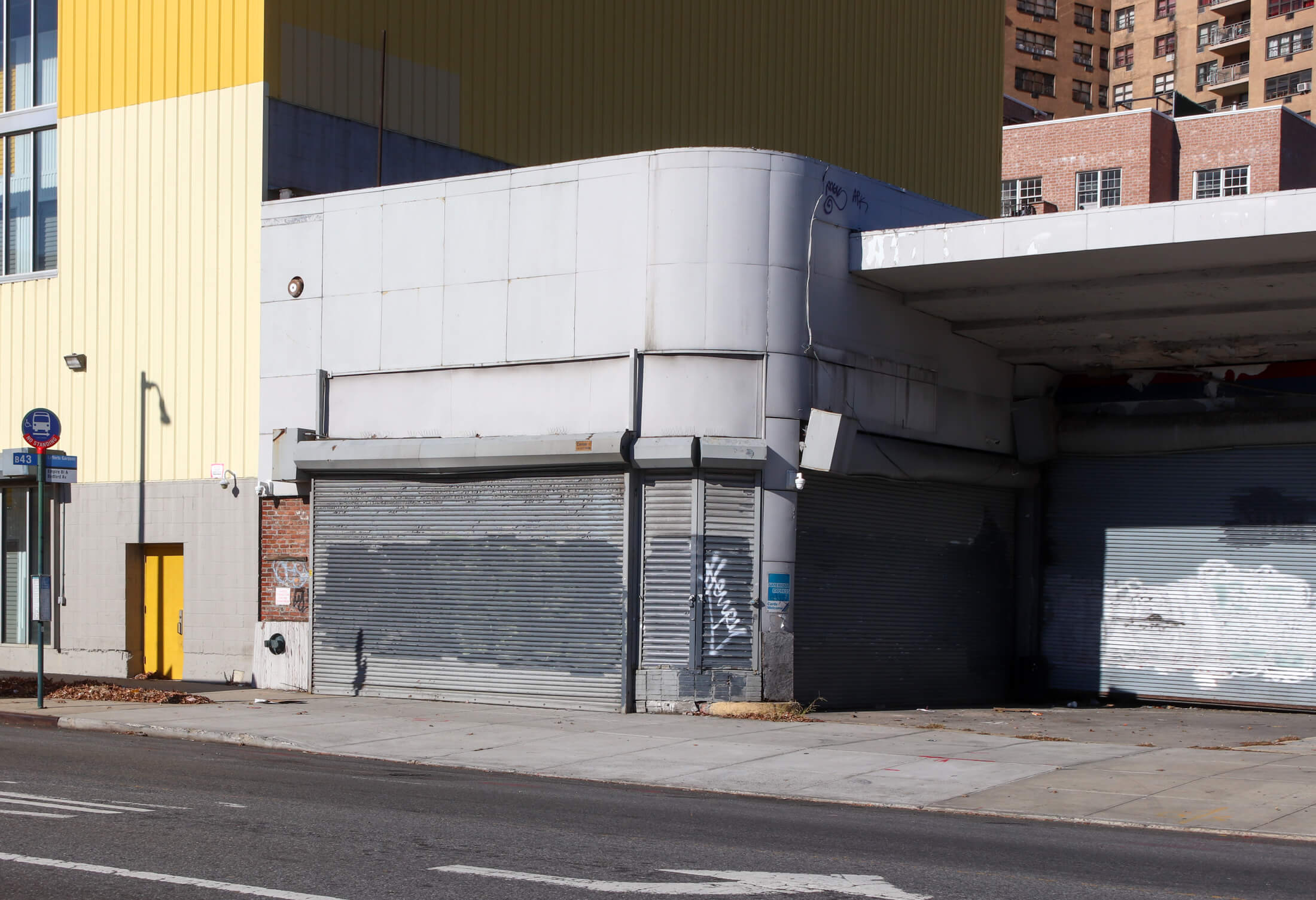
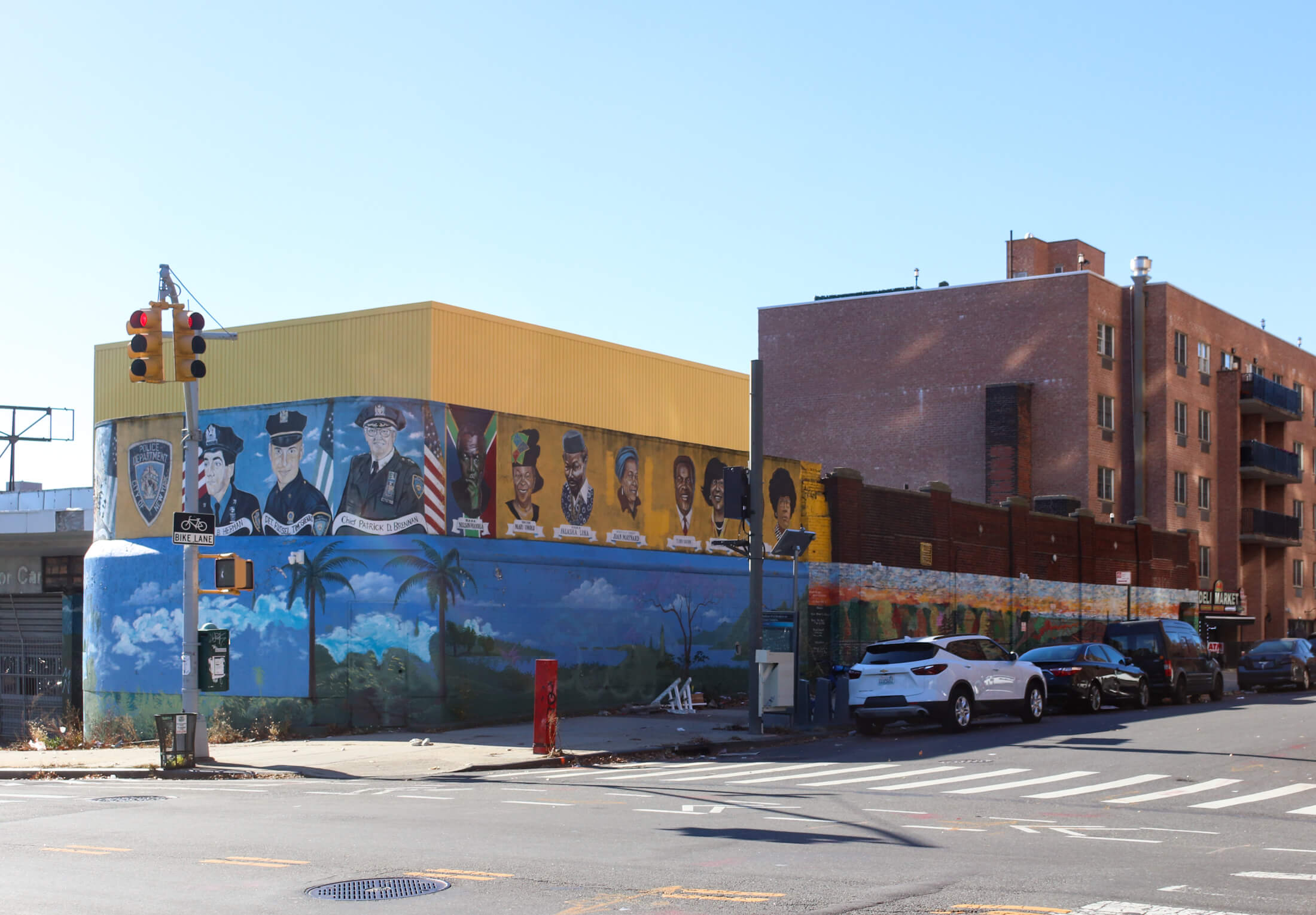

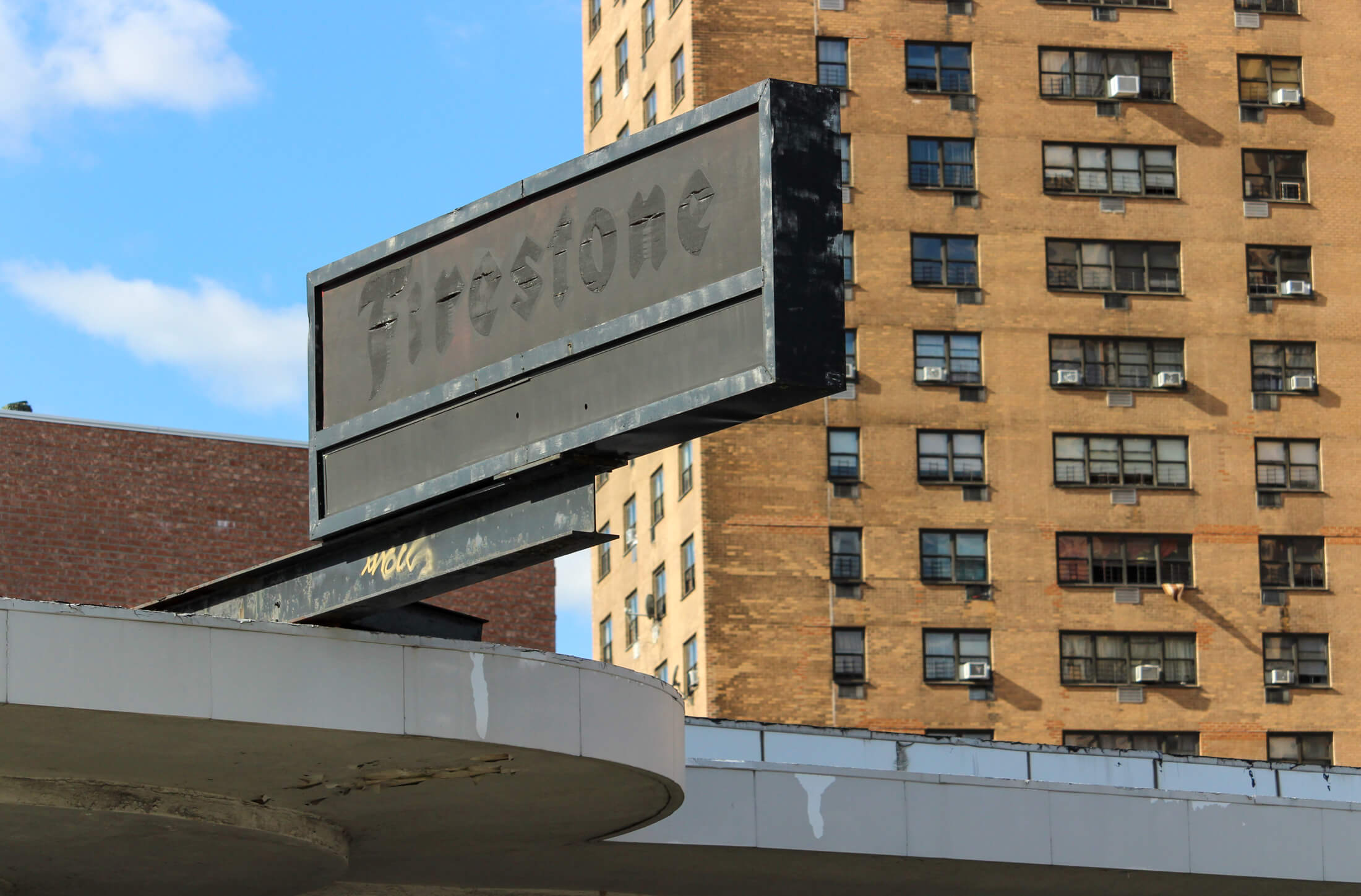
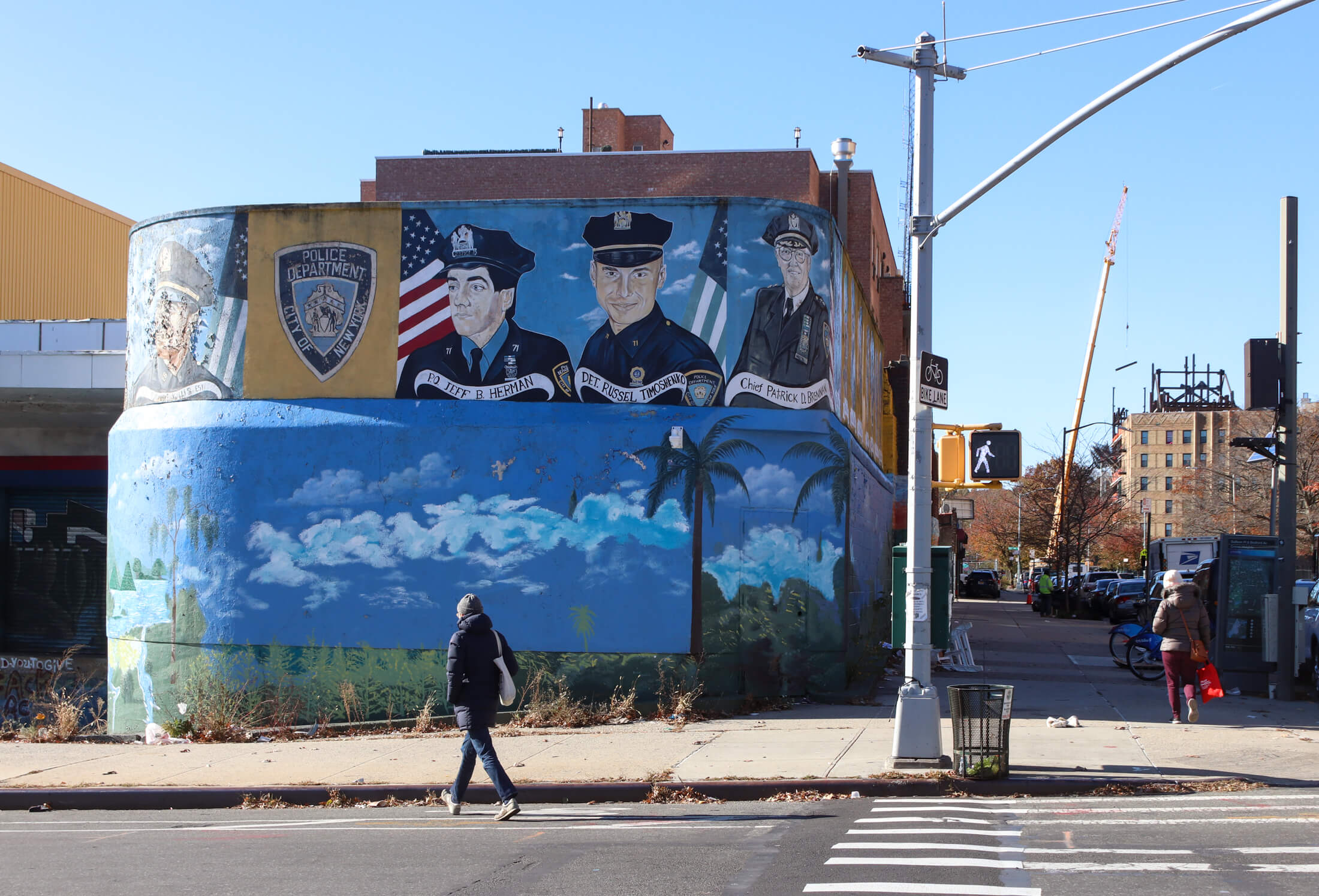
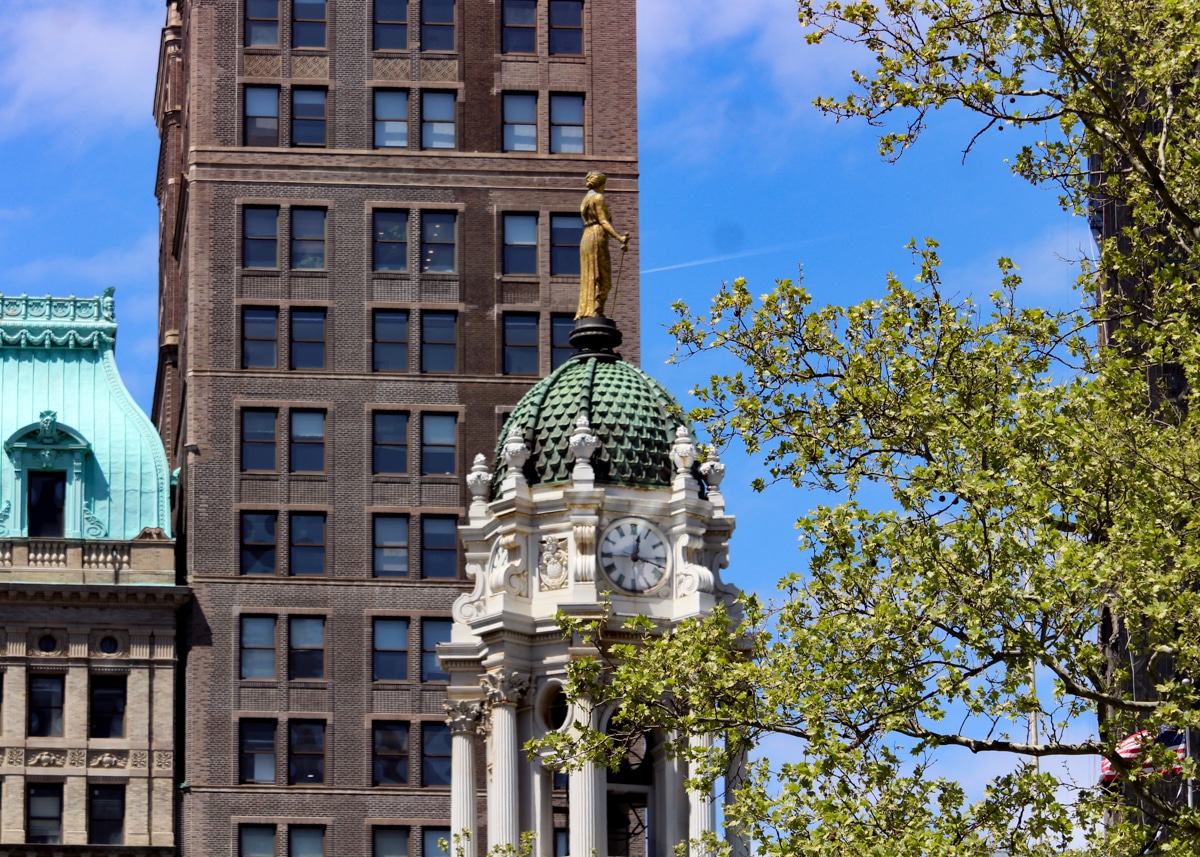
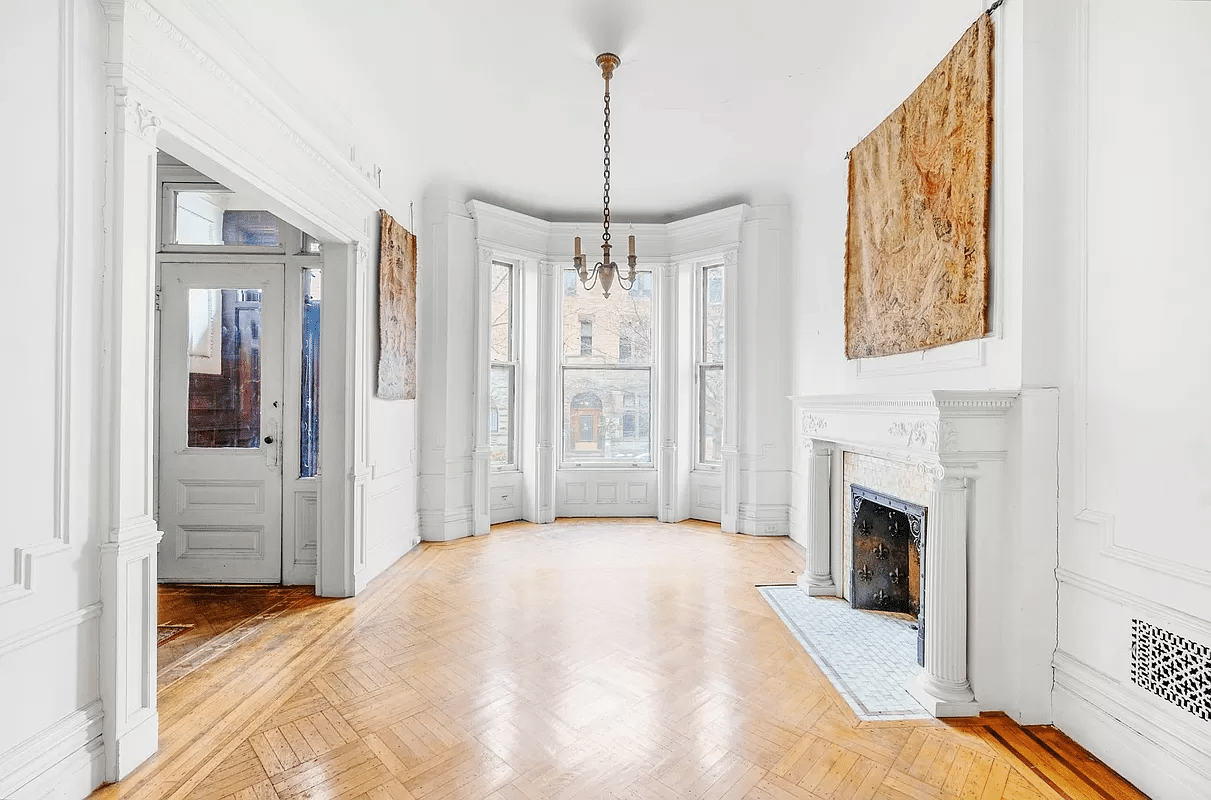

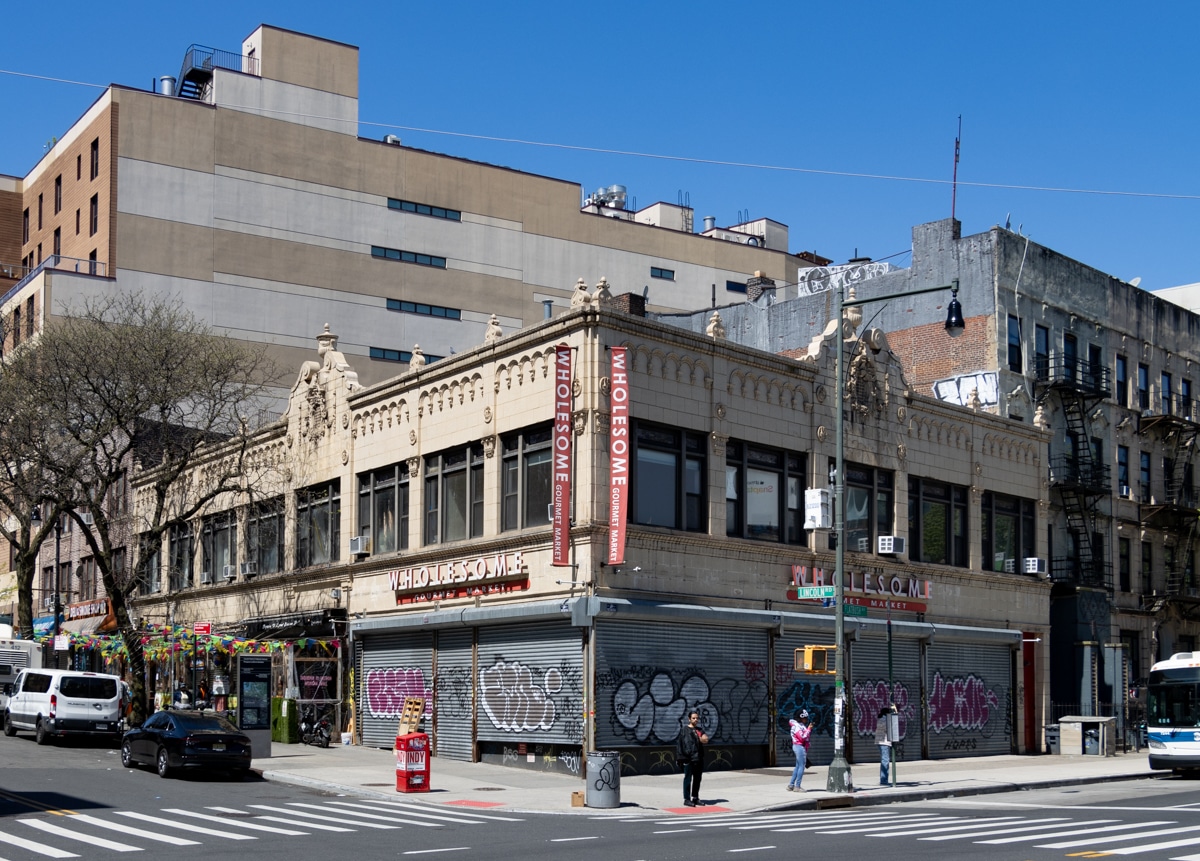




What's Your Take? Leave a Comment